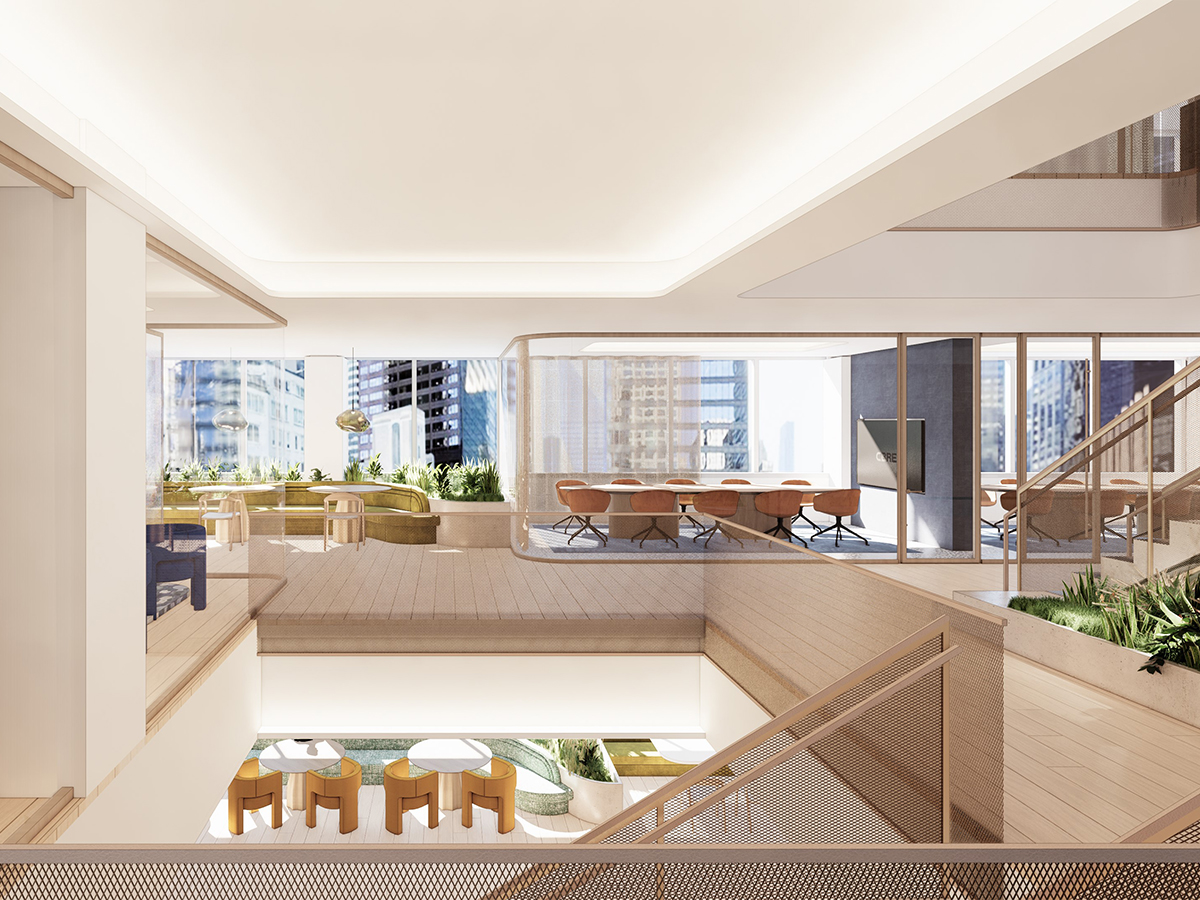The Reinvention of Brick-and-Mortar Shopping: Part Science, Part Art
Physical retail continues to be a vital point of sale. Therefore, the new thinking for owners of retail space should be centered around how to manage the physical asset in ways that facilitate how we shop today.
By Eleanor Jukes
As in the UK, owners of shopping centers in the U.S. need to re-envision brick and mortar in response to the massive changes brought about by e-commerce. And while that holds true, it’s still the case that some 90 percent of all purchases are still made in stores. Physical retail continues to be a vital point of sale, and it won’t be going away anytime soon. Therefore, the new thinking for owners of retail space should be centered around how to manage the physical asset in ways that facilitate how we shop today.
There’s much to orchestrate—product, design, service, experience, placemaking, logistics, in-store technology and omnichannel must all be seamlessly coordinated. With many moving elements, it is more vital than ever that property owners are conversant in how to connect with customers. Long gone are the adversarial days of “landlord and tenant”; today’s measure of success is the alignment of interests between both parties to deliver the most productive retail experience.
The Function Of The Space Will Evolve
Many of our retail tenants are trying to figure out whether their stores best lend themselves to main street brick-and-mortar stores or warehouse and distribution centers. Will the store function best as a click-and-collect center, a hub, or perhaps a showroom, an emerging format that’s destined to play a critical role in the shopper’s journey—think Bonobos, RH (Restoration Hardware) and Warby Parker. Each of these functions are an emerging part of the retail landscape.
Successful retailers know that one size certainly doesn’t fit all—so it’s important to build flexible space that communicates the brand. Shopping centers that provide their retail tenants with an embedded, future-proofed digital infrastructure that is able to “speak” with retailers’ own systems will boost customer engagement across channels. Efficiently deployed, flexible space and digital infrastructure allow staff to be fully consumer-centric—that is, offering great, human-to-human service.
Rather than thinking in separate channels, retailers should be looking at the totality of the retail journey as a circular flow. Stores can help drive online sales and vice versa: websites are used for research, stores for service and experience. The best retailers put product where people want it, and can move inventory across channels in real time.
How Does Technology Play Into The New Retail?
Technology is vital for enhancing the consumer experience, from smart signage to robotic assistants. In the UK, it’s now standard for retailers to provide Wi-Fi, contactless payment and even smart car parks. Emerging technology will focus on virtual changing rooms and 3D printing, automation and smarter logistics systems. In short, technology is a key element of placemaking in today’s retail outlets, and also in omnichannel communications with the customer. Beacon engagement and geofences can help customers find their way around the store, with the added element of hyperpersonalized marketing, if done well.
Shopping-center management can also use technology to become more efficient, identifying hot and not-so-hot spots in shopping center layouts by tracking data. They can use this analysis to refine their tenant mix, answer to consumer feedback, and monitor traffic entering parking lots or garages as well as parking capacity to ease customers’ entry and exit.
Finally, technology is vital for security. It enables more secure IT systems and data storage, but also aids in the identification of physical risks such as shoplifting and car theft.
Service Is Synonymous With The Human Touch
Service is more than just showcasing inventory—it can encourage a customer to see a product or a store in a completely different light, with numerous benefits to the retailer. It fosters customer loyalty, facilitates upselling, supports other touchpoints and creates a valuable feedback loop between business and customer. Delivering good service also aligns with personalization and convenience. The increasing popularity of personal shoppers is symptomatic of shoppers’ desire to preserve their precious spare time.
Good service is showing up in many ways. A visit to beauty store Lush will be rewarded with a personally guided tour to find the right product for you, while in an O2 store, you’ll receive a virtual “deli ticket” to see a salesperson so you don’t have to line up. Being more dynamic, smaller retailers can often excel at spotting problems quickly, or delivering seamless service across platforms.
How Shopping Center Management Can Stay Relevant
While the retailer is usually the first point of contact, it is just as vital that property owners are conversant with how to connect with customers. This means that long gone are the adversarial days of “owner vs. occupier.” Today’s measure of success is the alignment of interests between both parties to deliver the most productive retail experience. By focusing on space, systems and staff, owners of retail property can work with their tenants to create the best in-store service environment. Successful ownership today requires a better understanding of each tenant—their business, spatial requirements and direction of travel—and then working in partnership to deliver a customer-centric experience.
Eleanor Jukes is a property strategist for Legal & General Investment Management Real Assets, specializing in the retail, leisure and alternative sectors. She can be reached at Eleanor.Jukes@lgim.com.








You must be logged in to post a comment.